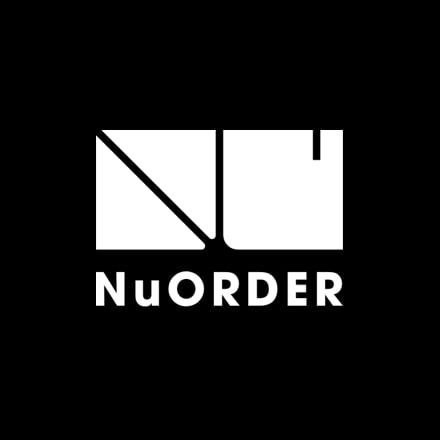“Now the world has changed. Thanks to digital disruption and transformation, the buyers are a little bit lost, in their words. They are lost because it’s very complicated to understand what to follow, how to follow it and what time to dedicate to what." -
TOMMASO CANCELLARA, CEO, MMICAM (Source)
Footwear and Tech
Footwear brands continue to look to technology to optimize the production and design
process. Brands are implementing tech to improve efficiencies, such as at the new Speedfactory by Adidas, where the sneaker giant automates the production of custom shoes. While still fairly nascent, some companies are harnessing blockchain technology for ethical sourcing and production and the authentication of luxury designs; for example, in December 2019, Nike patented a pair of sneakers
tokenized on Ethereum.
However, it is the product lifecycle management (PLM) tools that are playing the most
significant role across the industry. Brands are implementing these platforms
to improve speed and efficiency, to reduce waste and to track the supply chain
for ethical sourcing and production.
“They’re able to have a much more efficient design and development process. They’re communicating faster with their factories, getting their products made quicker and getting to market faster.”
MATTHEW KLIEIN, CO-FOUNDER, CEO, BACKBONE (Source)
Footwear Brands Getting It Right
Still, the winners that have emerged in this difficult climate shine far brighter than
the rest- including Allbirds, Tamara Mellon, Gucci and Nike.
Allbirds
The DTC sustainable shoe company is the unofficial uniform of Silicon Valley. However, the company’s domestic and international growth strategy proved to be just as successful, propelling the digitally-native brand to a valuation of $1.4 billion in 2018.
Tamara Mellon
The female-focused shoe wear brand specializes in sexy, design-forward luxury shoes. They’re made in Italy and available for a fraction of designer prices thanks to wholly-owned channels. The company founded and run by the woman who put Jimmy Choo on the map is also known for its series of successful collaborations with brands spanning A.L.C., Frame, Mejuri, CBD purveyor Lord Jones and many more.
Gucci
Propelled by the excitement and new vision of creative director, Alessandro Michele, Gucci has experienced massive growth over the last few years. A significant share of the selling frenzy could be attributed to the fervor surrounding the Gucci Ace and Gucci Bee tennis shoes. The house is on track to do €10 billion (over $11.1 billion) in sales in 2020.
Nike
Nike is the winner across athletic sneaker brands with a series of successful collaborations, smart digital and brick-and-mortar strategies and street credibility with footwear’s most discerning collectors. In 2016, according to Statista, Nike’s market share of the U.S. footwear market was 17.9%. To put it in perspective, the second runner-up, Skechers, had a market share of just 3.5%.
Staying Ahead of the Curve
- Go Beyond the Hero Product: No matter how much revenue or brand awareness you’ve gained from your valued hero product, it’s dangerous to depend on any single offering for the bulk of your business. Your hero product can become a fad, spiking sales up before eventually crashing at an equally rapid rate. The once-thriving social good shoe brand, Toms, learned this lesson the hard way. The lack of diversity in product assortment was one of the major factors eventually leading to creditors seizing control of the business in late 2019.
- Refine Your Wholesale Strategy: Research extensively to determine the saturation of your brands and products in any given region. Let go of underperforming wholesale accounts or accounts relying heavily on promotions and sales. Offer product exclusives to valued wholesale accounts and reserve specific products for specially-targeted regions and stores. There is so much you can do- your B2B e-commerce platform is an excellent tool for honing your wholesale vision for success.
- Execute Strategic Collaborations: Finally, do the market research and determine which wholesale partners could be the right fit for a special collaboration. Be sure to communicate with your sourcing and production team prior to opening talks with retailers to determine the limitations (if any) of such a product. The resulting collaboration should ring true to your brand and true to the retailer, while creating excitement and a sense of urgency among consumers. Bernie Gross, the art director of Extra Butter shares sage collaboration expertise: “There has to be a genuine connection between the brands, it has to be a strong product, and the story has to come alive through marketing — whether it be through influencers or strong experiential activations.”
Find out how B2B e-commerce can take your wholesale business to new heights- request a NuORDER demo today.


